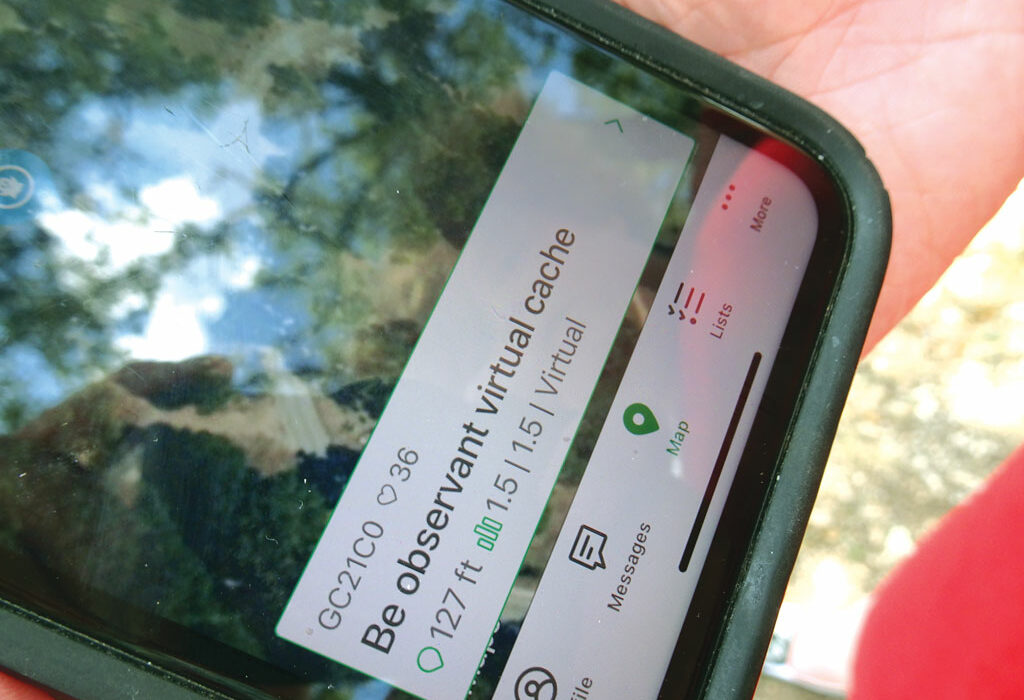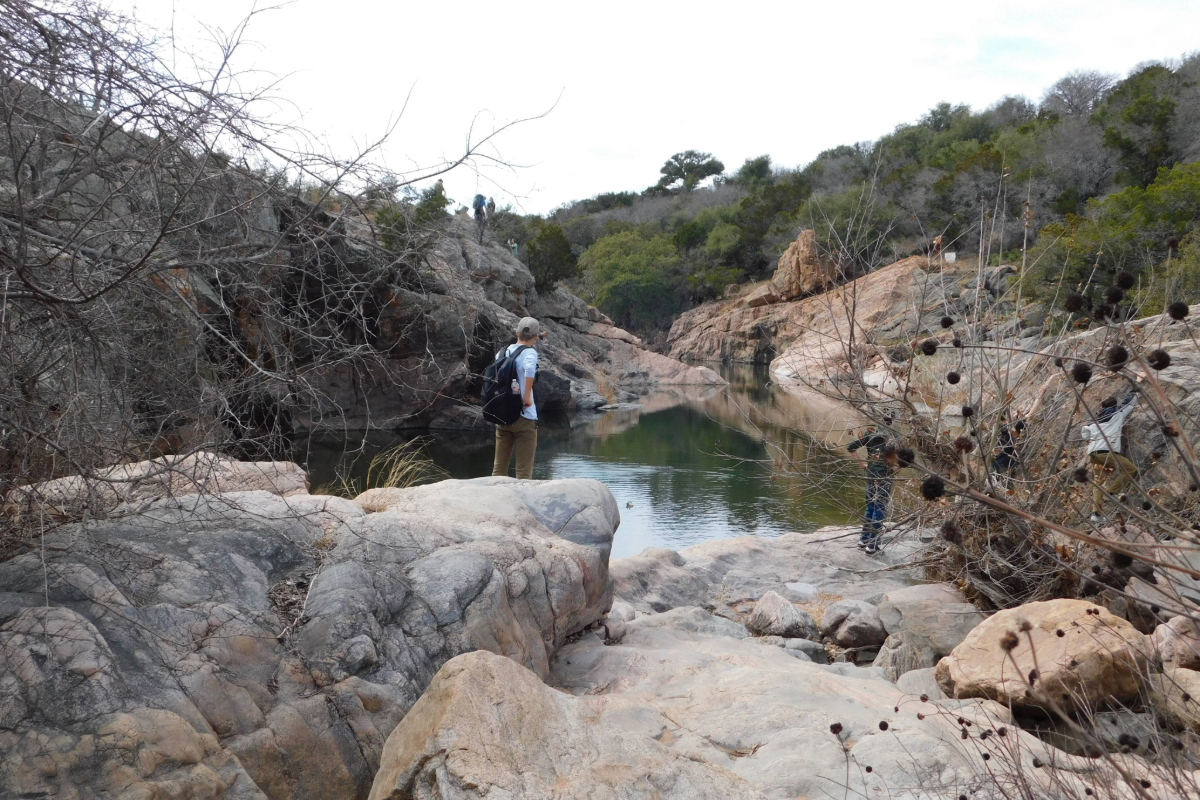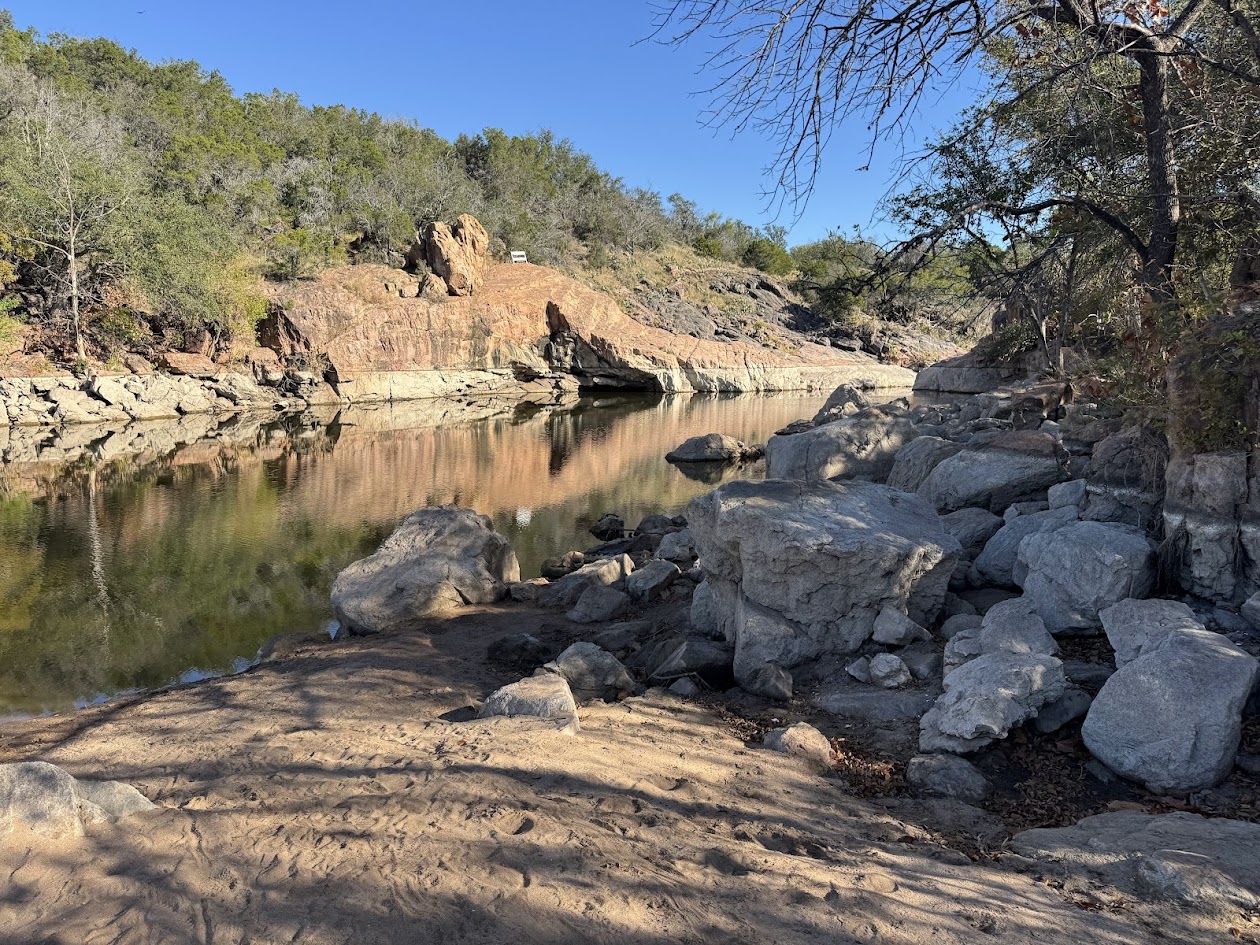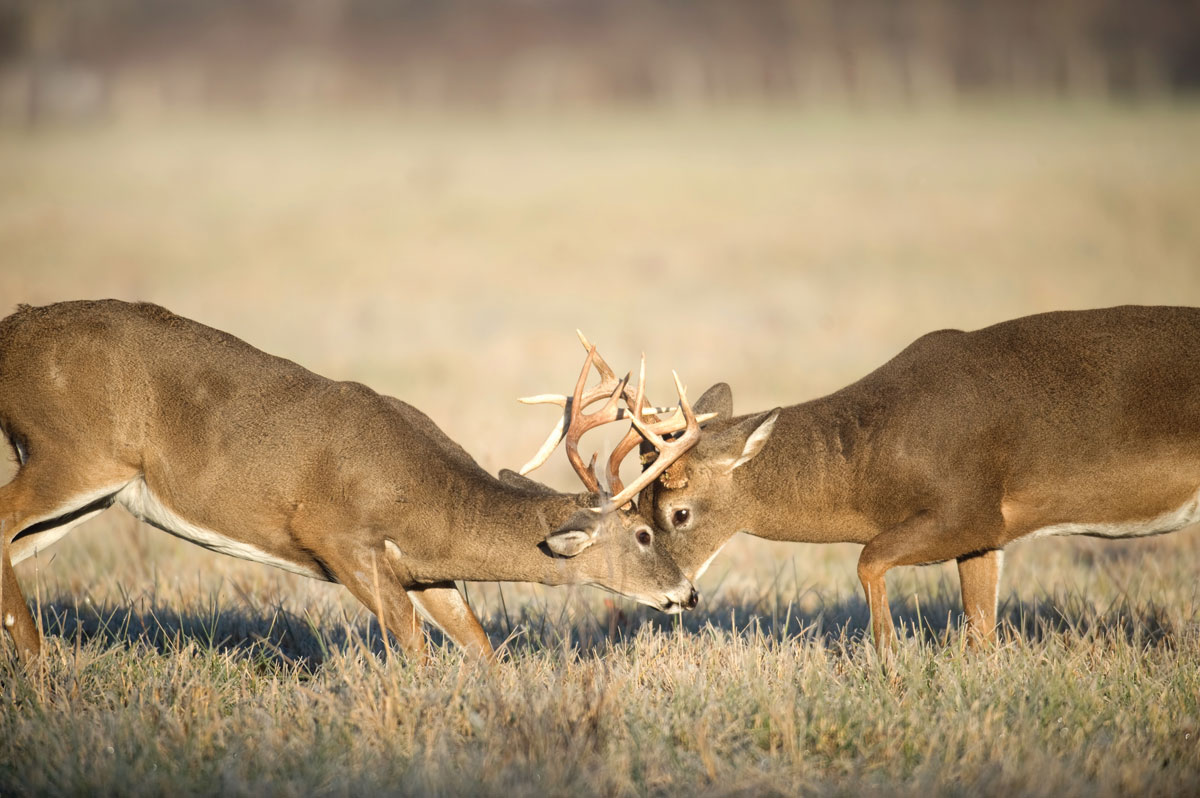
The route to a virtual cache in Longhorn Cavern State Park was somewhat convoluted. The preteen and I parked the car and walked to our destination once we figured out what we were looking for. Following the clues is part of the fun. Staff photo by Suzanne Freeman
Outdoor exploration is a lot more interesting when you tell the kids they can use their phones in a treasure hunt. That’s how I got my texting and TikToking teen daughter out to Park Road 4 in Burnet County one Saturday without too much trauma or twitching. We downloaded a Geocaching app (there are several) onto both of our smartphones and set out for adventure.
First stop was the Longhorn Cavern State Park gift shop for a few small items to leave behind as souvenirs if we found a geocaching box. It’s also a good place for snacks, drinks, and pit stops.
We tried following the map as instructed but soon found it was leading us the long way around. A quick study of the marked route versus the surrounding roads and trails showed us a shortcut to what turned out to be a virtual cache rather than a physical one. It was just as much fun!
You’ll get no hints from us because the best one is the actual name of the nearest Longhorn Cavern geocache. Just “be observant” and check your app!
We tried another nearby cache on RR 2342 that promised a “castle view.” We wrongly assumed we would be able to see Falkenstein Castle, which was our reward for the virtual cache. However, all we could see were metal buildings and some fenced-in dogs expressing their unhappiness with our presence. We logged it on the app as DNF (did not find) and moved on.
The next and nearest geocaches — and there are a lot of them — are at Inks Lake State Park down Park Road 4. Pay your entry fee, park the car, and take off on foot. These routes are a lot of fun to follow. Amazing scenery surrounds you as you hike along trails that are easy enough for most ages, although some caches are hidden on longer, more challenging treks.
You’ll find a variety of geocaches at Inks Lake State Park. Some have trinkets to exchange; most have lists for you to sign and show you were there. On all of them, you can check in digitally via the app, recording your place in Central Texas geocaching history. Be sure to leave clues behind in the notes section!
CACHER TIPS FOR BEGINNERS
What to take: Be sure to have a pen to sign the logbook. That and a well-charged smartphone are all you’ll need.
Getting started: Pick your cache location, then check its page to find out exactly what you’re looking for. Cache pages show the size and difficulty. You’ll also get an idea of the terrain you’ll be traversing.
Where to look: GPS only takes you so far. Once at the designated location, expand your search about 30 feet around the area.
What to look for: If it’s a physical geocache, look for containers such as plastic food storage dishes, pill bottles, or metal cans. Some might be camouflaged; others might be hidden in something that looks out of place. Use your Spidey-sense to help find the cache.
What to do next: Once you’ve found it, sign the physical logbook and leave behind a token if you like. Log it in the app as well, adding details about your adventure. Don’t give away too much. Leave some mystery for the next cacher.
Include your friends: Use the friends feature on the app to accept friend requests, send friends messages, and see lists of their current finds. You’ll be given a personal QR code for the app’s friends section.
Hide your own cache: Find at least 20 geocaches before hiding your own to get an idea of the different sizes and types of containers and locations. Read the guidelines, which can be found on the app, then choose a great location. Look for one with a story to tell. Once you have it ready, use the “Hide a Geocache” page on the app to submit it for review and publication. You’ll need to monitor logs and visit the cache site periodically to keep it fresh for other cachers.
Several Texas State Parks, including those in the Highland Lakes, offer geocaching programs. Check tpwd.texas.gov for events and dates.












